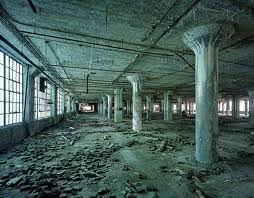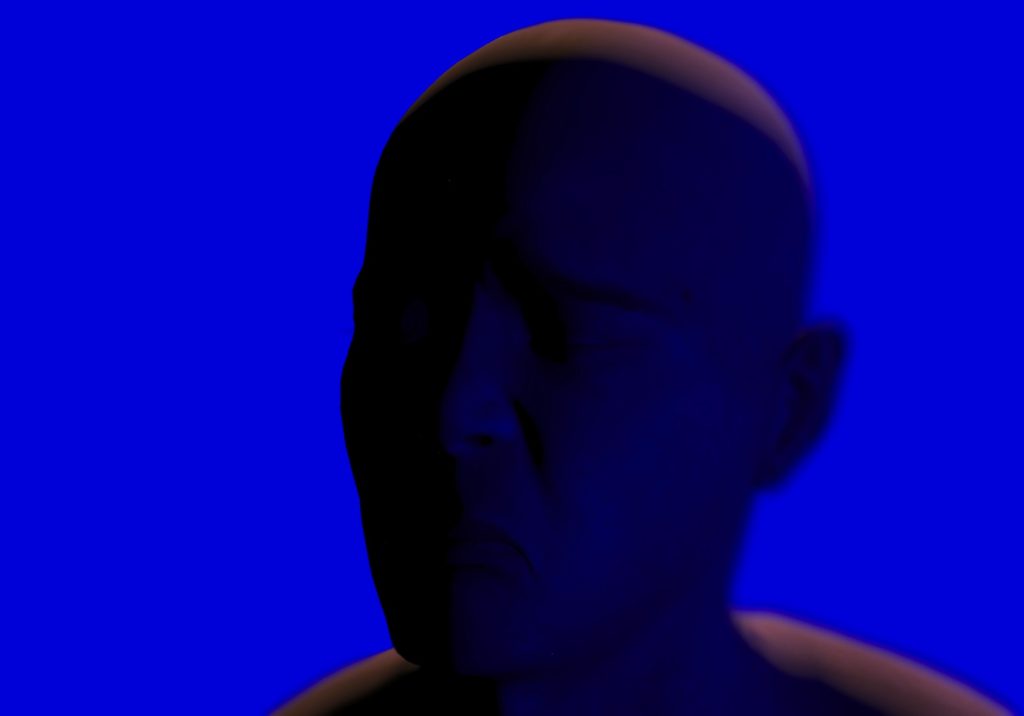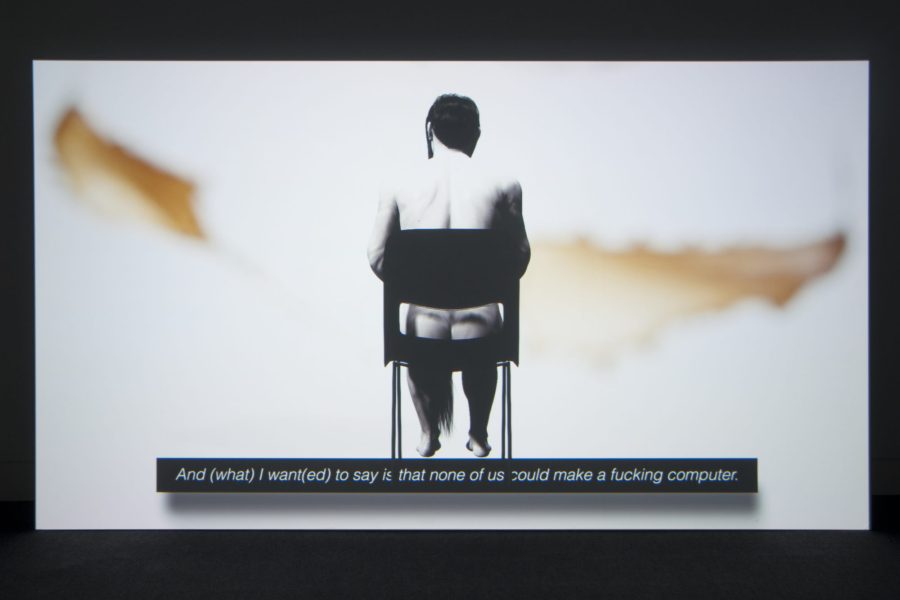“So, my answer will be an improvisation and not a meditation. Trace evidence. An interview is the first and crucial step in the processing of a crime… Also, a certain channelling here – clairvoyant practice. Mediation, as in, I am a medium […]”
Ed Atkins, from MATERIAL WITNESS or A LIQUID COP; Episode 1: Pilot (the Publication)
We might think of it as coastal. The process. Phases of geology transparent and co-existent. There’s no arrival, only permanent becoming. We’ve been here before. The medium as journey. This train perhaps. The dazzle in the head, late afternoon sun and its beautiful melancholy, slanting lower, a limbo, as we head West. Into the future. A certain haze, another way of seeing, a sense that phenomena are no longer latent but explicit in a fever dream of a certain kind of longing; a yearning that something WILL happen, something substantial – with and of matter, and import; that what unfolds will embody ‘the hopes of a generation’, in age AND (re)production.
Shoreline also because we’re between worlds. We’re right on the edge of things, of one thing and another. If the moving image is time and space in conversation about the possibilities of reality and its representation, then there are no limits, only the imaginative potential of the psyche encountering the options.
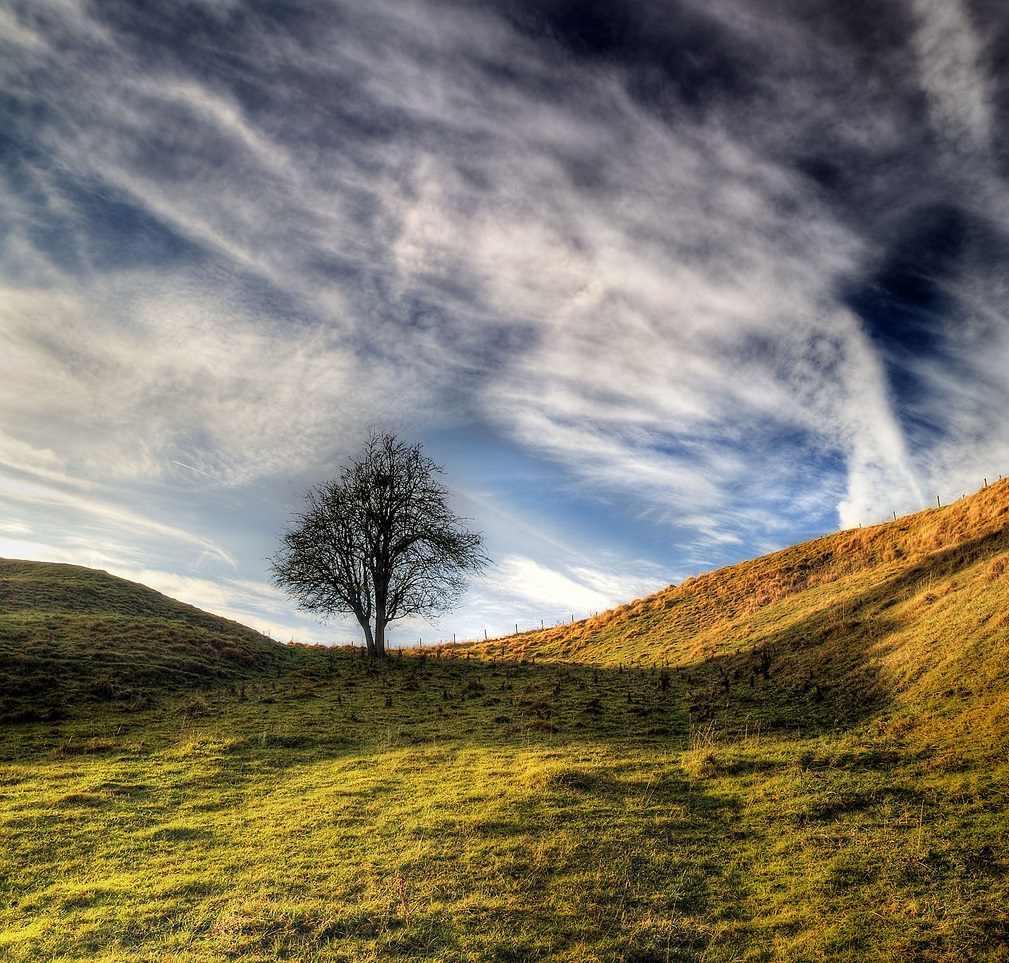
I just looked up; the steadily moving fields, the world breaking past the window; the green – brown wave of it. But look at the sky – always look at it. A great curve of cloud, shades of pearl and slate and river-silted mud and coal and wool and marble and ivory and all the rest, BUT notice how the cloud bank, highest wall, high, high, has arced in such a way around the visible sky so that the sky itself, a semi-circled blue vault climbing over trees, appears as nothing less than its own rainbow sign. The sky declaring its always occasional glory as if it was indivisibly and permanently singing.
Which is to say…
When it is, in years to be, that Ed Atkins incarnates his own adjective, aspects of the definition (high, low and all points in between) so laid down will dwell in part on this – (t)his fascination with how we tell the world through a medium that is not the world. How the pixel hymns the song of the physical; HOW embodiment is both possible and even familiar in the digital realm, which is virtual and not, actual and not.
He’s not hiding the means of making. These are images, this is an effect. And he’s loose in different media, often at the same time. This is writing – marks on the former tree, shapes with substance. Words as environment, as places in which to dwell, with modulations and variations in scale and texture, temperature and weight but, substantially, writing as accumulation, as container for images that cannot be visualized or made in other matters; a surging forward of language where the build, the volume, the incessant will-to-exist of the word is undeniable evidence of the fact that something is happening. Speak enough and more can be spoken.
There is always m(OR)e. This is what OR means. And and. But Or is something else, literally; it speaks not to the ceaseless sequence but rather to the rhizome possibilities within the same body. Or can be mined to great effect. Process is its genetic code. Like the systems that surround us, it does not sleep. It is on permanent standby. No it is not. It’s never waiting. It is. Always.
And the twist of it, this being the pilot. The navigator of a vehicle that might or might not follow after (we know now it will, Atkins being the recipient, along with Naheed Raza, of this scheme’s two completion grants). And here’s the second twist, one that informs all the works in this exhibition. A (televisual) pilot needs to convince those in possession of the power to grant its future that it is both complete, realised, convincing in narrative, thematic and character terms AND that it remains imminent, able to deliver on the promise contained in its seed episode; that its greatness remains to be seen.
What is striking and, in certain ways, initially destabilising, about these works is how achieved they are. This does not mean to suggest that there is a surprise in the accomplishment of the artists selected – all are distinctive makers with concerns and signatures of interest and vigour. Rather, it is what we bring to the viewing when we think of the idea of ‘proposal’ – something tentative, nascent, young in its days, learning to walk. Miss the signage, the flyer or blurb and there’d be every reason to believe that these are finished works (whatever that means, given what’s been nudged towards above, given that, in the digital arena, little, if anything, is fixed or final; given that what the viewer will find – and feel – beyond the moment of production is certainly in these times a more likely and reliable index of conventional ’closure’, however much any other windows remain open).

That said, in the era of the digitised, the notable scarcity of sketches, drafts, storyboards, diagrams of intent compels its own attention. The medium, with its formal and accelerated ability to deliver, in some way precludes versions, although it can of course generate endless iterations, layering over the original with ease. Given this, why indeed might any work ever want to arrive at itself when another, perhaps ’better’ incarnation exists, just a click or two away.
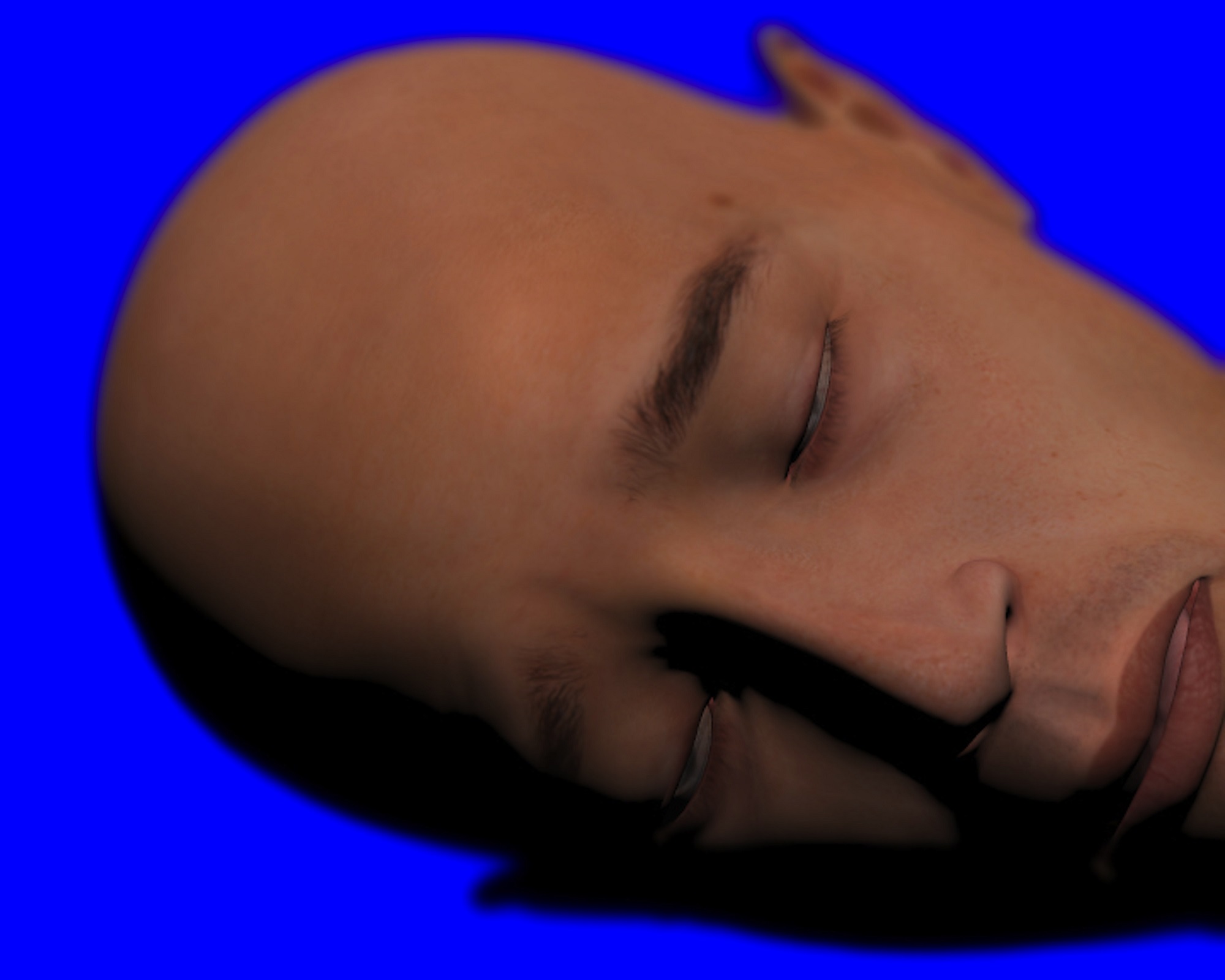
All of which means that the current ‘finish’ of these pieces attracts comment. Very few funding or commissioning projects advocate or validate public viewing of works or selections that are not absolutely confirmed. In exposing its own process to scrutiny, in risking an assessment that the job has been done when films as rounded and delved as these are displayed, TNK asks for a different reading – or register – of process, one that allows for way-stations of completion as opposed to stagings of progress. It declares that there will be more, but that what is now matters equally and that it can be trusted to reward scrutiny. We should be glad for the ‘completeness’ of the films to date; this indicates nothing so much as the desire of the artists to respect the confidences invested in them.
If, in the genuinely final (or terminal) analysis – mortal, ecological, entropic – nothing is but nothing, then these still shall stand as fulsome fragments shored against our ruin and, in their polished partial propositions, might surely remain more trustworthy pilots than a wealth of brittle extensions towards a future of the form.
